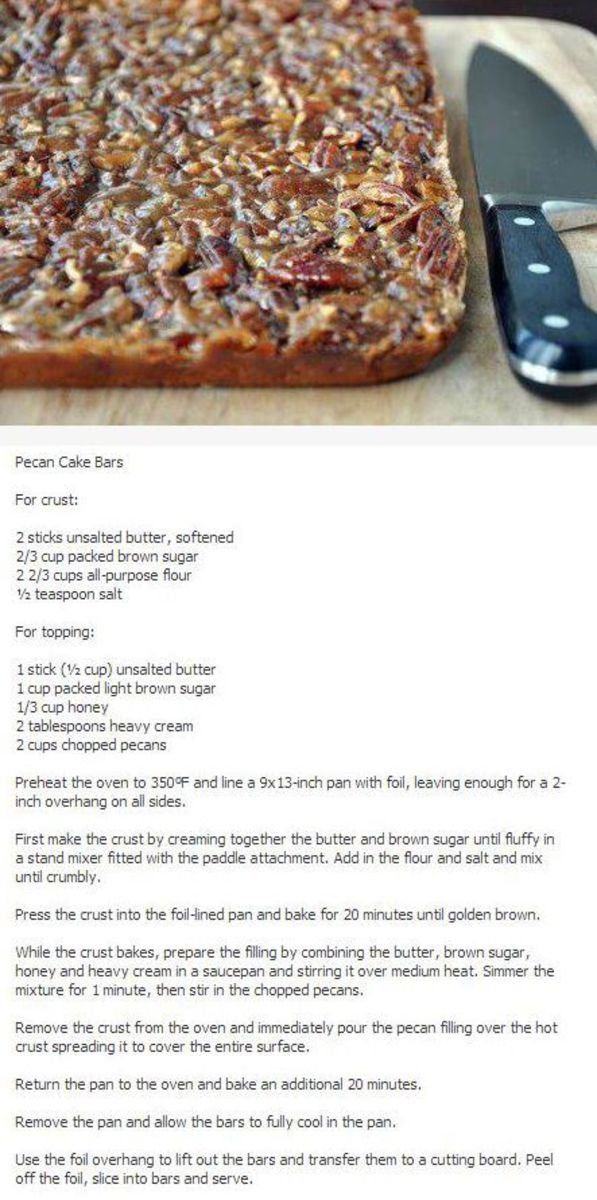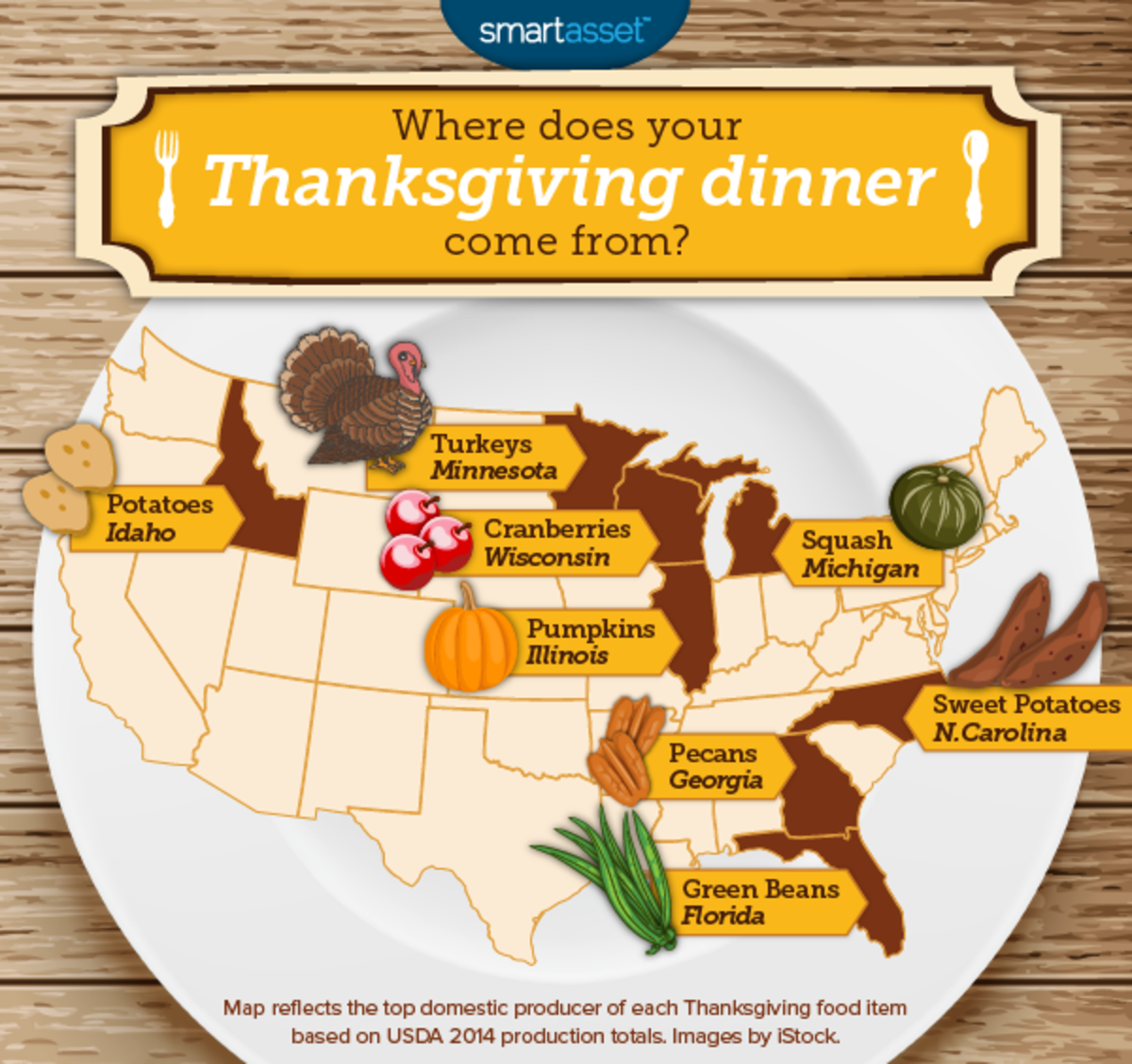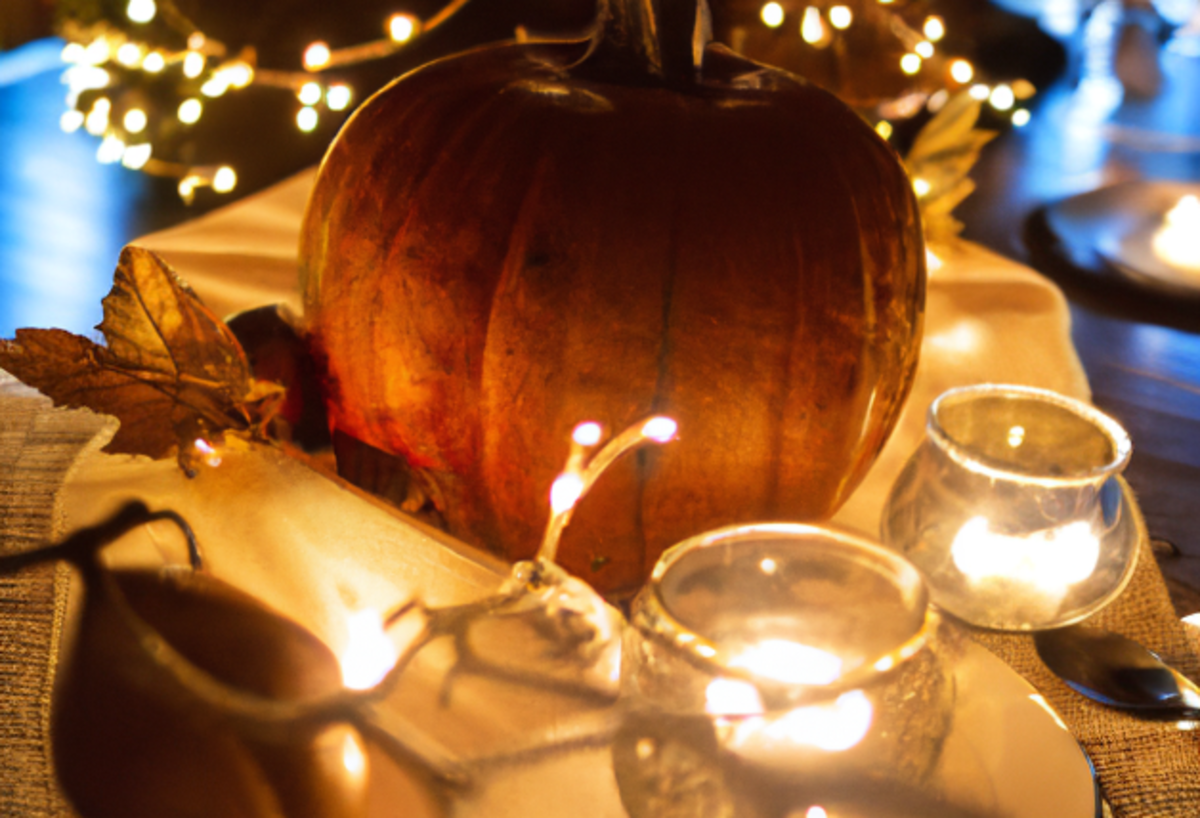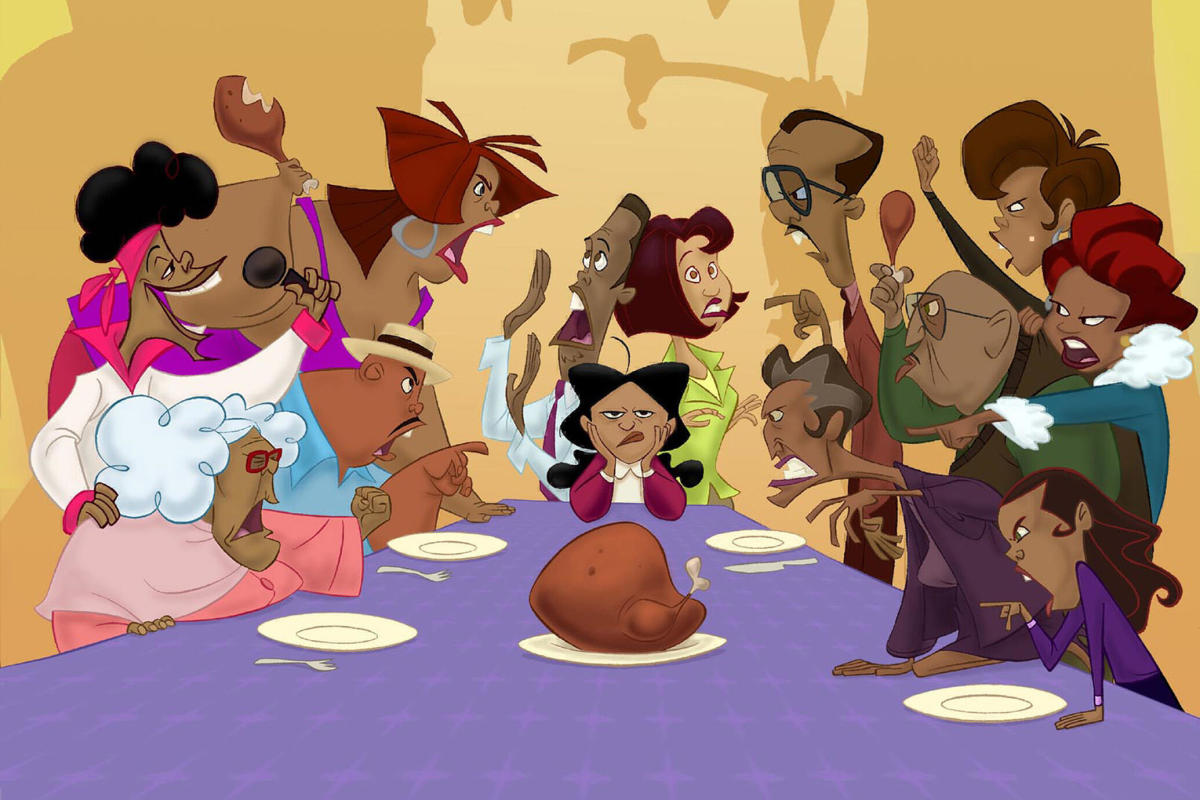THANKSGIVING PHARMACOLOGY - The SCIENCE inside our Thanksgiving Meal
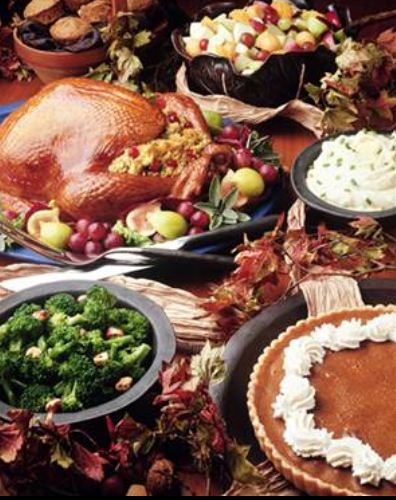
Thanksgiving Pharmacology
Ah...Thanksgiving Day. Of all our annual festivals, surely none stimulates the pens of ready writers like this most happy Holiday.
- Culinary Experts write about their latest Thanksgiving recipes
- Decorating Experts write about their creative Thanksgiving styles
- History Experts tell us all about the Pilgrims and the origins of this delicious day
But pharmacists? Surely this is one celebration for which our humble profession must simply stand back, content to be observers to the plethora of pages being written by others.
Not so fast! Actually, believe it or not, there is A LOT going on pharmaceutically while we sit around our dinner tables and enjoy the traditional Thanksgiving fare. And so I dedicate this article to Thanksgiving Pharmacology - the science inside our Thanksgiving meal.
Allow me to briefly take you on a guided tour around your table and explore a virtual panoply of pharmaceutical facts.

TURKEY & L-Tryptophan
YAWN...we all know it's coming. Shortly after consuming that 3'rd BIG helping of this beautiful bird we are all ready for a Thanksgiving day afternoon nap. But why?
The answer we have all been somewhat conditioned to give is "L-tryptophan!" Yes, we have all been taught to blame our tiredness on the Turkey...and the fact that turkey meat has L-tryptophan (an amino acid known to cause drowsiness) makes it a closed case.
But is that fair? Is the bird really to blame for your late day lethargy?
Some Facts: L-Tryptophan is converted to substances (melatonin especially) in the brain which can cause drowsiness. This is true. But in order for Tryptophan to reach the brain it needs to be consumed with a relatively low amount of protein. The reason is that proteins are made of many amino acids, all of which are competing for entrance to our brains. The more total protein (i.e. turkey and other meats)...the less tryptophan gets in. So...in all likelihood...all that protein you just ate actually PREVENTED tryptophan from causing you drowsiness!
So why then this drowsiness after our Thanksgiving Feast? Well, probably for the same reasons we would be drowsy any time we consume an enormous number of calories in a short amount of time. Digestion diverts blood toward our stomachs, causing a drowsy/dizzy feeling. Carbohydrates (like those mashed potatoes and sweet potatoes and rolls!) make use sleepy. And fats (yep...I'm sure we ate some fat) are harder to digest and thus consume more energy, making us sleepy.
So in all fairness to our (formerly) feathered friend...lets not blame him for our slumber this year.

CRANBERRY SAUCE & Polyphenols!
Turkey isn't the only pharmaceutically interesting dish being served on Thanksgiving. That cranberry sauce that Aunt Mary just passed you for the 4th time is loaded with POLYPHENOLS!
What are Polyphenols you say? I thought you would never ask! Polyphenols are terrific antioxidants, and antioxidants have been studied for a variety of benefits including:
- Weight loss
- Reducing Blood Pressure
- Arthritis
- Memory and Concentration
The polyphenols in cranberries have twice the antioxidant power of Vitamin C and nearly 5 times the antioxidant power of Vitamin E. So...if you're not too tired yet...would you mind passing me the cranberries?

SWEET POTATOES & Beta carotene
Although white potatoes are consumed in much greater quantities, the sweet potatoe was actually introduced to America 100 years earlier, possibly by Christopher Columbus himself. This vegetable is far more than a simple Thanksgiving tradition. Sweet potatoes are an excellent source of an essential vitamin - vitamin A.
There is some cool pharmacology here. Those sweet potatoes which Grandma always brings, covered in marshmallows - almost like eating desert with dinner- are loaded with a substance called "beta carotene." Ever wonder why sweet potatoes are bright orange? Sure you have! And the answer is, you guessed it, beta carotene. By the way, in case you were wondering, the name "carotene" came about when a scientist isolated this substance from carrots (carrot roots to be more precise)!
Beta carotene is converted in our bodies to Vitamin A. It is a neat process which requires oxygen and a specific enzyme (a monooxygenase) and transforms beta carotene into 2 nice Vitamin A (retinal) molecules. Vitamin A is absolutely essential for proper vision and other important bodily functions.
By the way, beta carotene is much better absorbed when combined with some fat. So drizzling some butter over those sweet potatoes is not merely a "taste" enhancer, but an important Vitamin A enhancer as well! So go ahead, ask someone to pass you another serving of Grandma's sweet potatoes! Do it for your health!

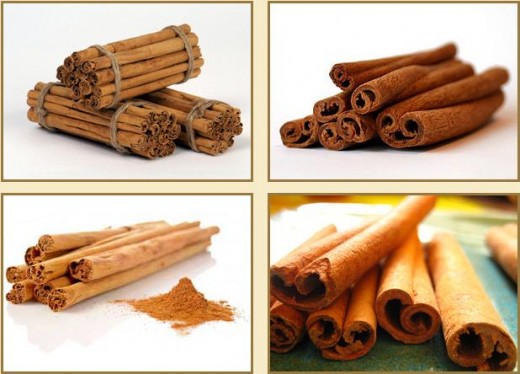
PUMPKIN PIE & cinnamon
Well...nothing rounds off our Thanksgiving meal like a slice of pumpkin pie. Soft and spicy, this holiday treat is a sweet tradition on our holiday table. But what is going on underneath and inside this delicious dessert? One pharmaceutically interesting ingredient found in nearly every pumpkin pie recipe is CINNAMON!
Cinnamon is a spice that comes from the inner bark of the cinnamon tree. Yep...cinnamon is basically tree bark! Most of the world's cinnamon comes from Sri Lanka. True cinnamon, also known as Ceylon cinnamon, tends to be more expensive than its less expensive cousin, cassia cinnamon.
Pharmaceutically, true cinnamon (ceylon) is a better choice. Studies have been done to indicate it is useful in lowering blood sugar for type 2 diabetes, as well as potential benefits on blood cholesterol. The less expensive, cassia, cinnamon is known to have higher amounts of "coumarins" which have anticoagulant properties and could be dangerous in high dosages.
How can you know which cinnamon was used in your pumpkin pie? True cinnamon (the better stuff) when obtained as cinnamon sticks, will have multiple thin layers off the bark if you look at it on the end. Cassia cinnamon will look more like 1 thick circle. Another possible test for true cinnamon is to administer a drop of iodine tincture to the powdered cinnamon. True cinnamon, which contains very little starch, will not change in appearance. Cassia, which has a higher starch content, will change in color to a deeper blue tint (this is due to the amylose molecules in starch reacting with the iodine). Cool science...right inside your pumpkin pie!!
Thanksgiving and Science
Well, I hope this brief tour of the pharmaceutical qualities and science inside your Thanksgiving meal have not detracted from the enjoyment of this holiday.
We all have much to be thankful for. As my pastor is fond of saying, "God is good...all the time."
And so, God bless, and have a Happy Thanksgiving!



